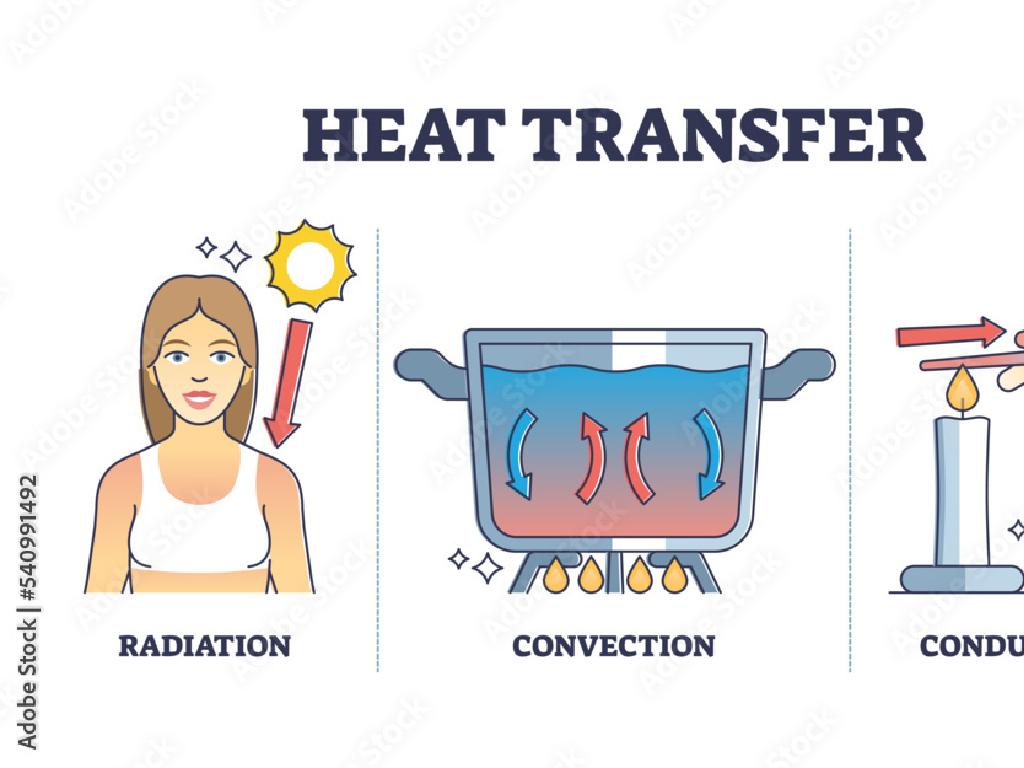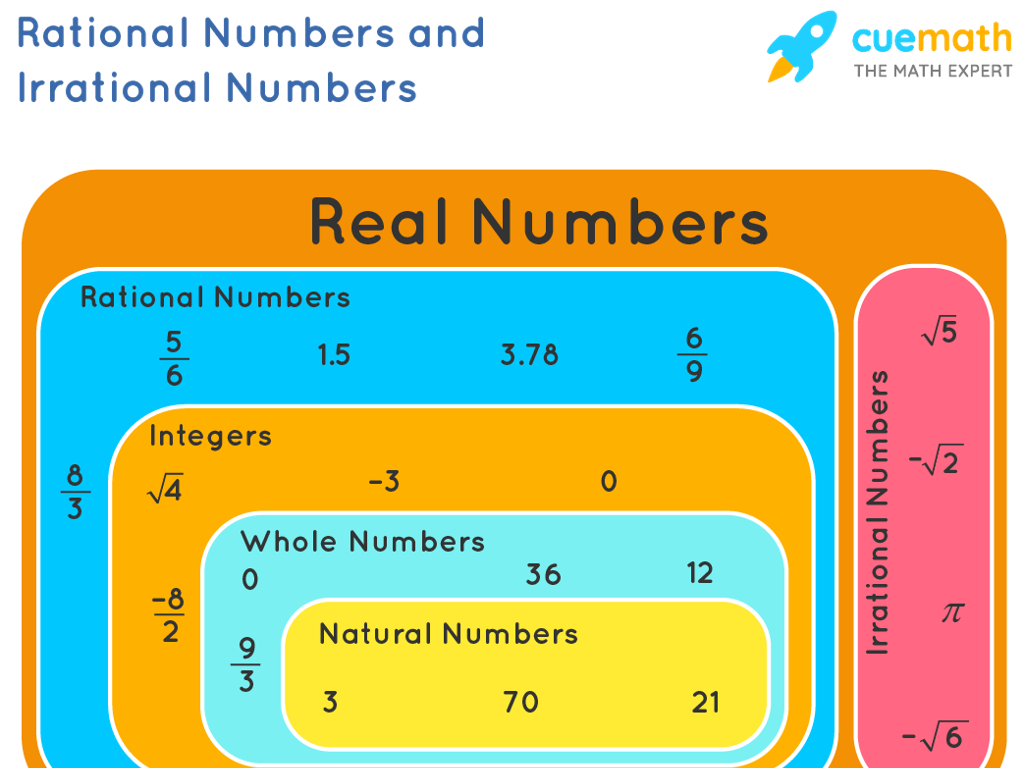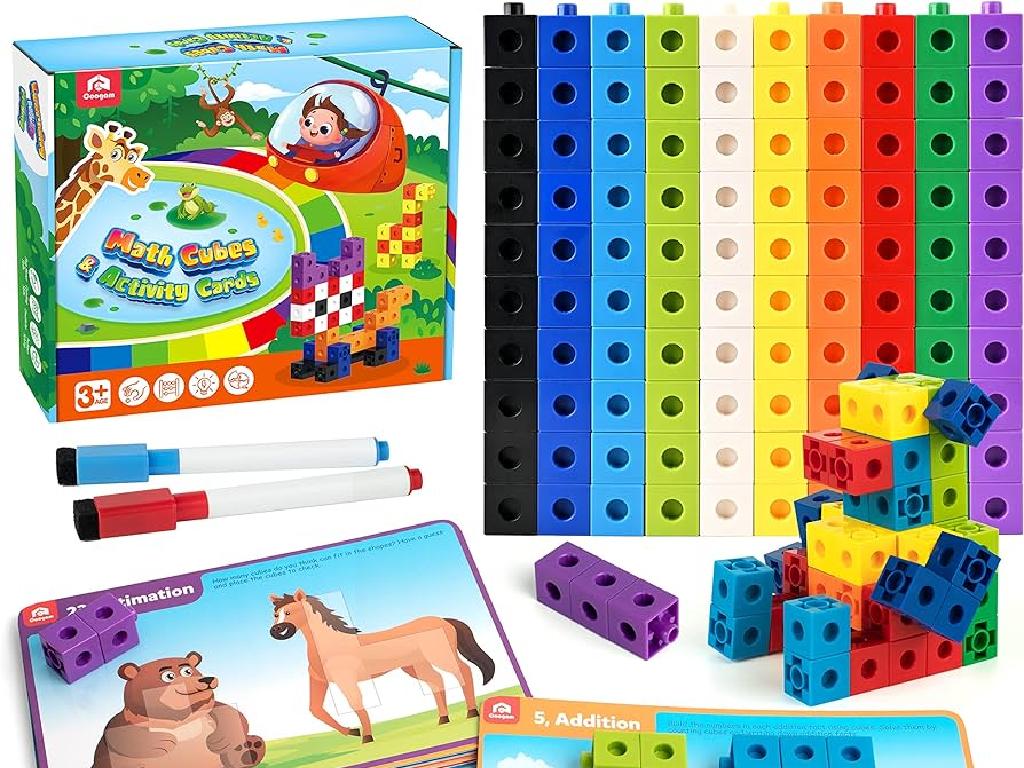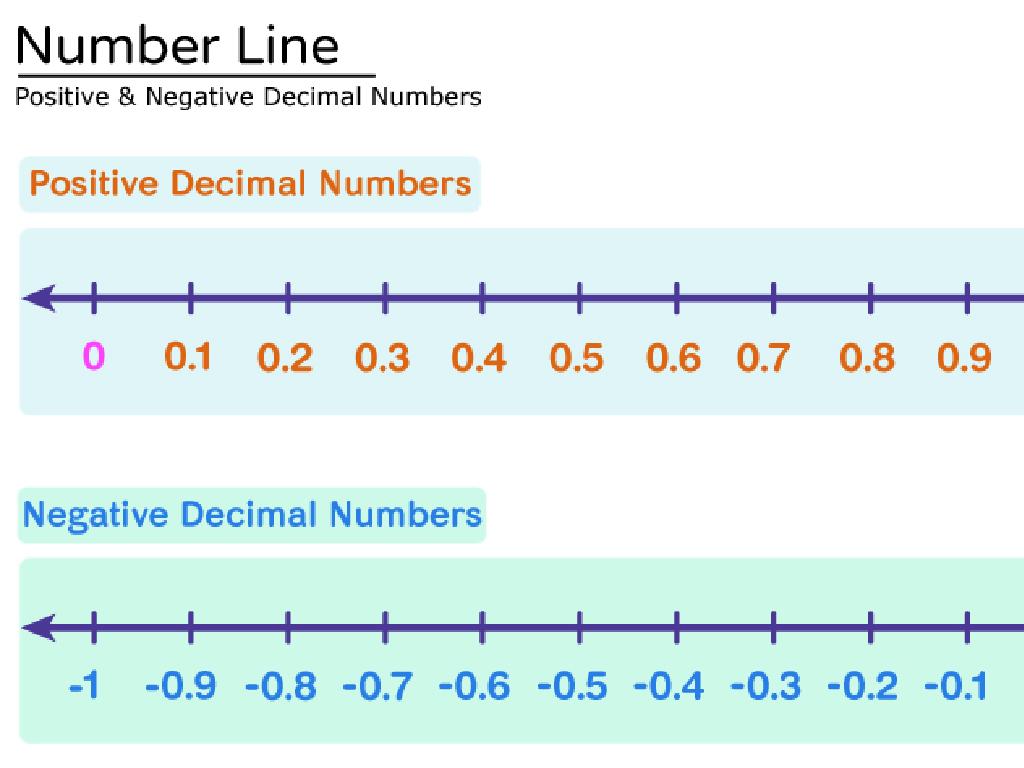Properties Of Addition
Subject: Math
Grade: Sixth grade
Topic: Equivalent Expressions
Please LOG IN to download the presentation. Access is available to registered users only.
View More Content
Welcome to Properties of Addition!
– Explore basic addition concepts
– Addition combines two or more numbers into a total sum.
– Importance of addition properties
– Knowing these properties helps solve math problems efficiently.
– Set learning goals for today
– We aim to understand and apply properties like commutative, associative, and identity.
|
This slide introduces the fundamental concepts of addition and its properties to the sixth-grade class. Begin by discussing the basic idea of addition as combining numbers to form a sum. Emphasize the importance of understanding the properties of addition, which include the commutative, associative, and identity properties, as they are essential tools for simplifying and solving mathematical problems. The learning goals for today’s lesson are to ensure students can identify and apply these properties in various math scenarios. Encourage students to think about how these properties might be used in real-life situations to relate the material to their everyday experiences.
Commutative Property of Addition
– Definition of Commutative Property
– The order of adding numbers doesn’t change the sum, such as a + b = b + a
– Mathematical examples
– For instance, 3 + 5 = 5 + 3 equals 8
– Real-life application
– Like rearranging pencils in a box, the total count remains the same
|
The Commutative Property of Addition states that changing the order of the numbers we are adding does not change the sum. This is a fundamental property in mathematics that helps simplify computation and understand number relationships. Use examples like 3 + 5 and 5 + 3 to show that regardless of order, the sum remains 8. Relate this to a real-life scenario such as rearranging objects, where the total count remains unchanged. This concept can be further explored with different numbers and applied in various situations to reinforce understanding.
Exploring the Associative Property
– Associative Property defined
– (a + b) + c = a + (b + c) shows grouping doesn’t change sum
– Example: (2 + 3) + 4 = 2 + (3 + 4)
– Both groupings equal 9, demonstrating the property
– Group Activity: Group and add objects
– Use objects like blocks or coins to practice grouping
|
The Associative Property indicates that when adding three or more numbers, the way in which the numbers are grouped does not affect the sum. For example, (2 + 3) + 4 equals 9, and 2 + (3 + 4) also equals 9. During the group activity, students can work in small teams to physically group different objects and add them together in varied groupings to see that the total remains the same. This hands-on activity will help solidify their understanding of the property. Provide different sets of objects for each group to ensure engagement and allow for a variety of examples to be shared when discussing as a class.
Identity Property of Addition
– Definition of Identity Property
– Identity Property: a + 0 = a for any number a
– Example: 7 + 0 = 7
– Demonstrates that any number plus zero equals the original number
– Adding zero keeps the number same
– Practical applications in equations
– Use this property to simplify expressions and solve equations
|
The Identity Property of Addition states that any number added to zero will result in the original number. It’s a fundamental concept that helps students understand the stability of numbers in addition. For example, 7 + 0 = 7 shows that adding zero to seven does not change its value. This property is not only theoretical but also practical, as it is used to simplify expressions and solve equations in algebra. Encourage students to think of real-life scenarios where adding nothing to a quantity leaves it unchanged, such as a bank account balance remaining the same if no money is deposited. This will help them relate the property to everyday situations and grasp the concept more firmly.
Exploring the Distributive Property
– Definition of Distributive Property
– a(b + c) equals ab + ac
– Example: 2(3 + 4) = 2*3 + 2*4
– Multiply 2 with both 3 and 4 separately
– Application in simplifying expressions
– Use it to break down complex expressions
|
The Distributive Property is a fundamental concept in algebra that allows us to multiply a single term by each term within a parenthesis separately. For example, 2(3 + 4) can be distributed to 2*3 + 2*4, which simplifies to 6 + 8, and further to 14. This property is particularly useful in simplifying algebraic expressions and solving equations. Encourage students to practice this property with different numbers and to recognize how it can make complex problems more manageable. Provide additional examples and practice problems to ensure students are comfortable with applying the distributive property in various contexts.
Properties of Addition: Practice Activity
– Identify each expression’s property
– Create examples for each property
– Make up your own sums using commutative, associative, and identity properties
– Pair up and discuss your examples
– Explain your examples to a classmate and listen to theirs
– Share findings with the class
– Be ready to present one of your examples to everyone
|
This slide is designed for an interactive class activity to reinforce the properties of addition. Students will first work independently to identify the properties used in various expressions. Next, they will create their own examples to demonstrate their understanding of the commutative, associative, and identity properties. After creating their examples, students will pair up to discuss and compare their work, providing an opportunity for peer learning. Finally, each pair will share their findings with the class, fostering a collaborative learning environment. As a teacher, facilitate the activity by providing guidance and ensuring each student participates. Possible activities for different students could include creating visual aids to represent their examples, writing word problems that apply the properties, or developing a short presentation to explain their findings to the class.
Class Activity: Properties of Addition Relay
– Teams solve addition problems
– Each member completes a step
– Pass the baton after solving
– First team with correct answers wins
|
This activity is designed to encourage teamwork and understanding of the properties of addition. Divide the class into small groups, and provide each team with a set of problems that apply different properties of addition (commutative, associative, identity, and distributive). Each team member will solve one part of the problem before passing it on to the next member, like a relay race. The first team to complete all problems correctly wins. Possible variations of the activity could include mixed operations, using word problems, or incorporating a physical relay element to energize the class. Ensure that each student participates and understands each step of the process. This will reinforce their comprehension of the properties of addition through collaborative learning.
Conclusion: Properties of Addition
– Recap of addition properties
– Commutative, Associative, Identity, and Distributive properties
– Simplifying expressions using properties
– Properties make complex problems easier
– Q&A session for doubts
– Opportunity to ask questions and get clarifications
– Emphasize key takeaways
|
This slide aims to summarize the properties of addition and their significance in simplifying mathematical expressions. Begin by recapping the commutative property (changing the order doesn’t change the sum), associative property (changing grouping doesn’t change the sum), identity property (adding zero keeps the number the same), and distributive property (multiplying a sum by a number gives the same result as multiplying each addend by the number and then adding the products). Highlight how these properties help in solving complex problems more efficiently. Conclude with a Q&A session to address any misunderstandings and reinforce the key concepts learned. Encourage students to use these properties as tools to work through their math problems with confidence.





